Cornwall fans will get their money’s worth on this trip!
However, you see very little of the rest of this beautiful country (which is a real shame!)..
If you want to see Cornwall there is unfortunately little time for exciting stays along the way. Nevertheless, you should calculate at least 14 days for this tour.
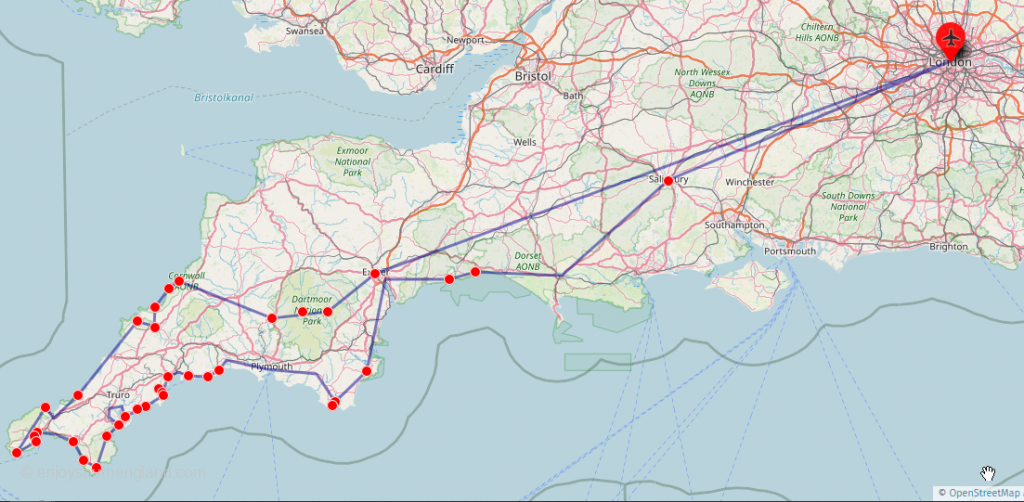
Quelle: OpenStreetMap
The Trip to Cornwall
Even if we want to reach our destination of Cornwall as soon as possible, the trip there is already an experience. 8 to 10 hours of driving without a break is a bit too long, so a stopover in Salisbury with its really beautiful old town and the great cathedral, almost seen as an appetizer for the following days.
Next stop is Lyme Regis on the Jurassic Coast on the English Channel. A real seaside resort with a lot of charm, which is also a lot of fun due to its hillside location. If you have some time, visit the nearby town called “Beer” – this nice town really has that name!
Along the “English Riviera” we continue south-east, past the seaside resorts of Torquay and Paignton down to Salcombe. This place is fantastically located in a rugged coastal landscape and just from the higher paths you have wonderful views towards the coast and the romantic river valleys of the interior. This is also where Overbeck’s Garden is located, but from our point of view it is not a really a must. It is worthwhile to do a coastal hike instead! From now on we travel on very narrow roads (have fun driving yourself!) through a great landscape more or less close to the coast and east towards Plymouth. There, unfortunately, we have to circumnavigate a deep water incision that protrudes deep into the countryside, but finally we cross the border into Cornwall.
Cornwall – on the coast of the English Channel
We use this trip to cover some distance and only stop again in the coastal town of Looe with its nice old town. From here we drive to Talland Bay, a wonderful area on the English Channel. The adorable Polperro should definitely be visited! On the River Fowey is the village of the same name (pronounced “Foy”), also a visit here can also be recommended after crossing the river by car ferry. The “Menabilly” estate above Fowey was the residence of the writer Daphne du Maurier. It served as a model for the Manderley estate in her novel Rebecca.
A little tip for those who don’t just want to be on the road: In the just north of Golant (pronounced “Galaaant”) you can either go on your own or by canoe and kayak in the extensive tributaries of the River Fowey. The tranquillity there is incredible and great bird watching is practically guaranteed. David and Karen from boat rental company Encounter Cornwall are perfect guides and hosts – give them our regards when you’re there! By the way: Be careful when parking your car – the waterfront is always flooded at high tide!
Continue towards St. Austell, where you can visit one of the most famous Cornish breweries. The most interesting part of the town is Charlestown, the ancient harbour with its historic sailing ship.
Now travelling deep into Cornwall, the Lost Gardens of Heligan are one of the best gardens in the south of England. Don’t miss them!
On the other hand, you can miss out the nearby “Eden Project” with a clear conscience.
Back on the coast, it’s worth visiting the towns of Mevagissey and Portmellon. Via Portholland we come to the Roseland Peninsula, a somewhat remote peninsula, which is all the more scenic in terms of landscape and invites you to explore on very (!) narrow roads.
Nice coastal places like Portloe or Portscatho invite you to visit them. Highly recommended is a more or less long hike on the Southwest Coast Path at St. Anthony’s Head along its great coastline! A highlight is St. Just in Roseland with its incredibly beautiful cemetery. We take the “King Harry Ferry” (a vehicular chain ferry) to cross the extensive estuary of the River Fall and immediately reach Trelissick Garden, which is worth a visit. Cornwall has countless beautiful and interesting gardens. All of them are not even manageable. For this reason, it’s worth looking for a slightly different and unknown garden – such as Enys Gardens near Penryn with incredible bluebell fields in the spring!
The South of Cornwall
A town worth visiting is Falmouth which is just across the water from Roseland. The old Pendennis castle (now owned by English Heritage) offers great views!
Glendurgan and Trebah are two interesting gardens which are located next to each other on the banks of the Helford River – but we highly recommend the privately run Trebah Garden! Now you pass the absolutely worth visiting fishing village of Cadgwith which is well worth visiting ( it’s a very short detour there) all the way to the southernmost point of England – Lizard! This is also a peninsula and perfect for beautiful coastal walks.
Passing the tiny fishing port of Mullion Cove (the magnificent house at the top of the mountain is the Mullion Cove Hotel) and the larger port town of Porthleven, we reach one of the highlights: St. Michael’s Mount, the British equivalent of Mont St. Michel in France. It is followed by Penzance, a big city for Cornwall – here we recommend a visit to the beautiful Trengwainton Garden. Passing Newlyn with its harbour we reach the adorable village of Mousehole (pronounced “Mousel”). We save ourselves the longer drive to “Lands End“, the westernmost point of England. The amusement park there is just a deterrent! It’s better to drive straight to the Cornish town of artists and art lovers: St. Ives! Anyone who has ever seen the incredibly turquoise shimmering water in the harbour and all around understands the fascination of this place for painters and artists. A branch of London’s Tate Gallery has turned St Ives into a mecca for art lovers.
On the Atlantic coast of Cornwall
Now let’s drive along the Atlantic coast of Cornwall to the north. It’s very different here than on the coastline of the English Channel – much rougher with lots of sand dunes, as you can see on the beaches of Holywell Bay. The weather comes from the sea, so Portreath with its high waves is extremely popular for surfers. Unfortunately, Cornwall Airport in nearby Newquay is only served by a few cities, otherwise it would have been an ideal starting point for our trip.
Passing Padstow, Wadebridge and rugged Port Isaac we reach Tintagel. According to legend, King Arthur’s castle was located here, but this is historically impossible.
Our last place on the coast is the nice village of Boscastle with its natural harbour, before we make a short detour to Bodmin Moor and inland to the Golitha Falls. However, please do not expect spectacular waterfalls, but instead a beautiful forest area with the River Fowey, which invites you to go for a walk.
Our return via Dartmoor
We have now left Cornwall and drive via Tavistock into the largest moor in southern England, the legendary Dartmoor. Via Widecombe-in-the-Moor we go up to the Haytor, where we have a fantastic view over Dartmoor and far beyond when the weather is good. It’s not far now to our last stop Exeter. A short stroll through the city, but above all a visit to the great cathedral is worthwhile. If you want to stetch your legs, a small detour to the River Exe with its nice shore to represent legs is recommended. After all, the journey from here goes directly to London’s Heathrow Airport and unfortunately our not-so-short journey through Cornwall is unfortunately already over.
Here are some places en route:
-
London Heathrow Airport
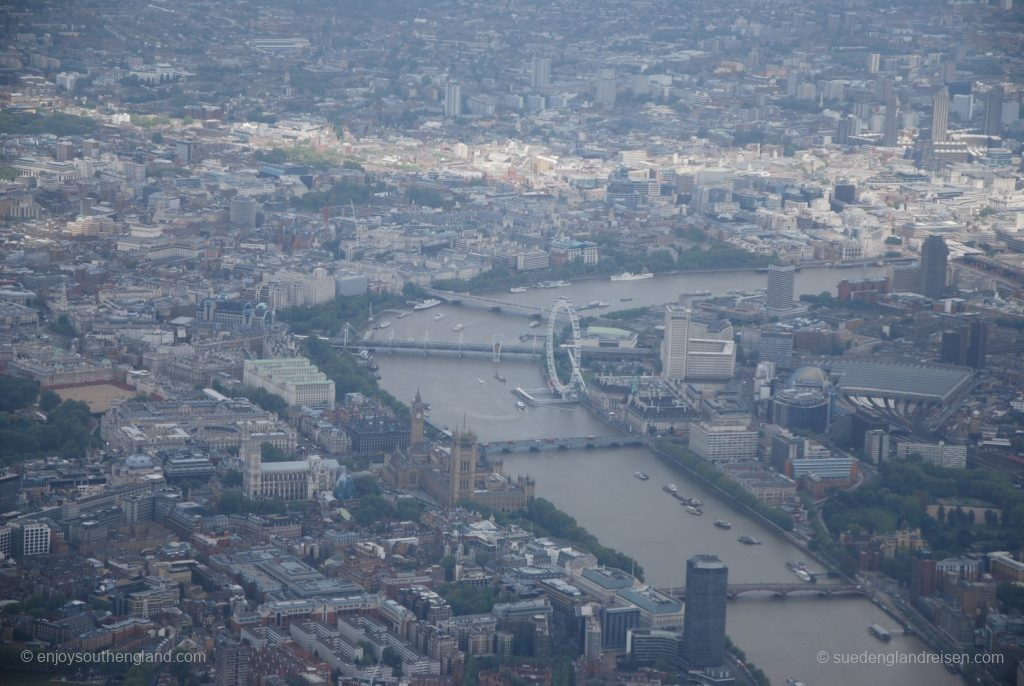
London from above
-
Salisbury, Wiltshire, England
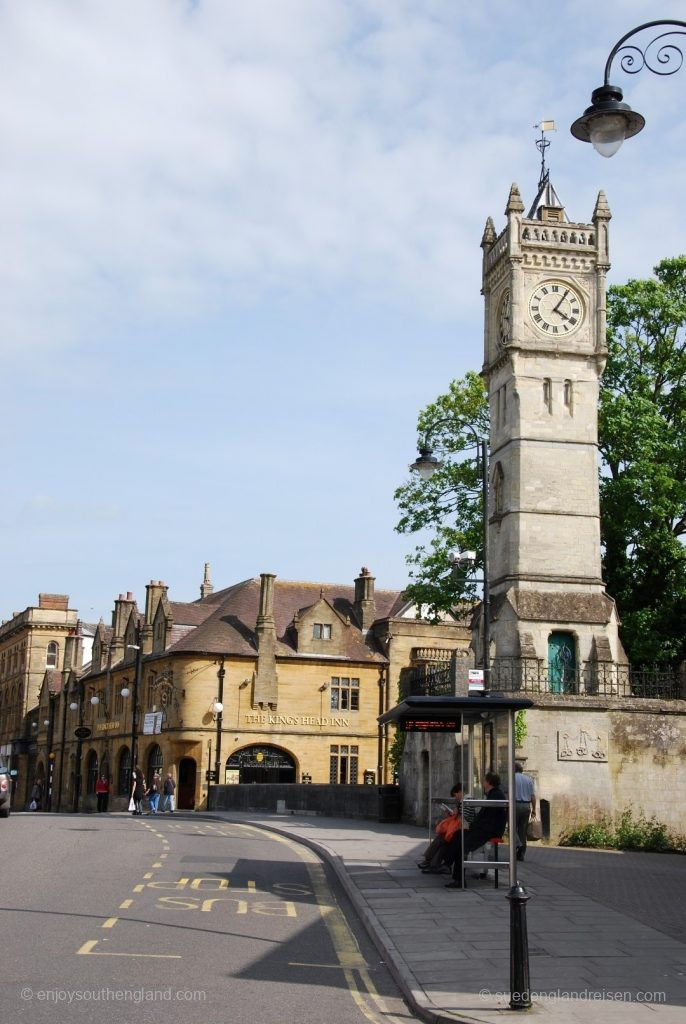
Salisbury (Wiltshire)
-
Lyme Regis, Dorset, England
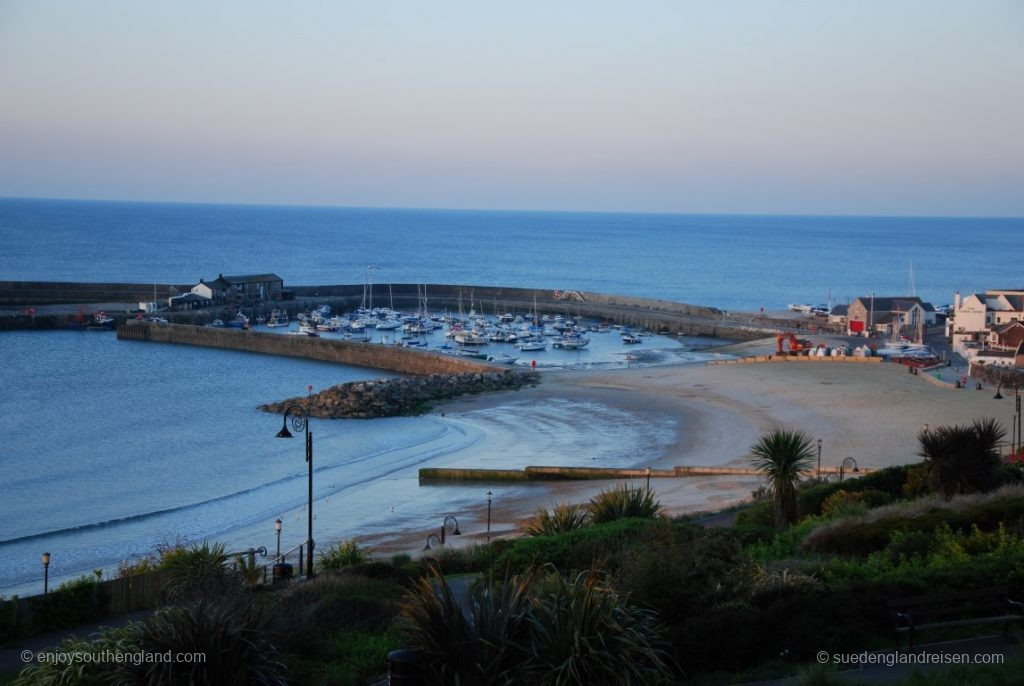
Lyme Regis, Dorset, England
-
Beer, Devon, England
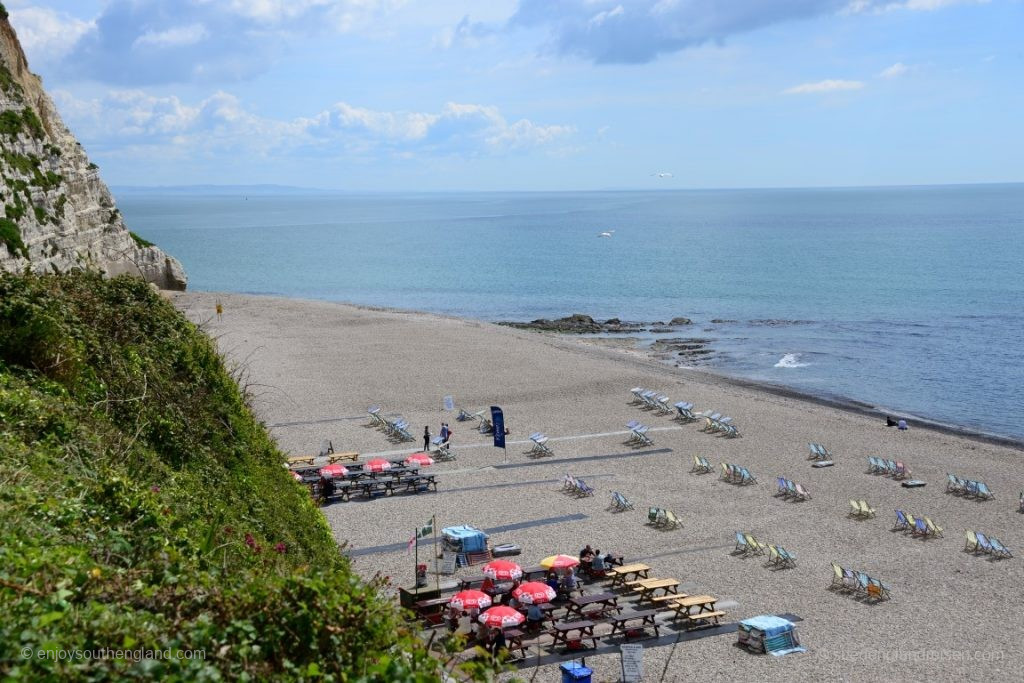
Beer, Devon, England
-
Dartmouth, Devon, England
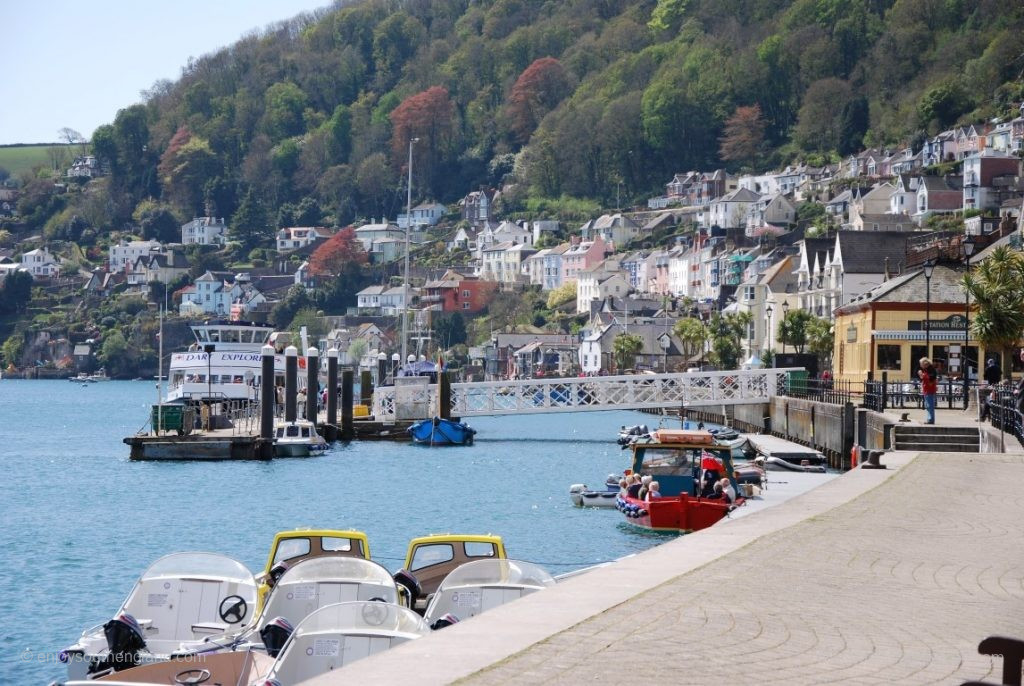
Dartmouth, Devon, England
-
Salcombe, Devon, England
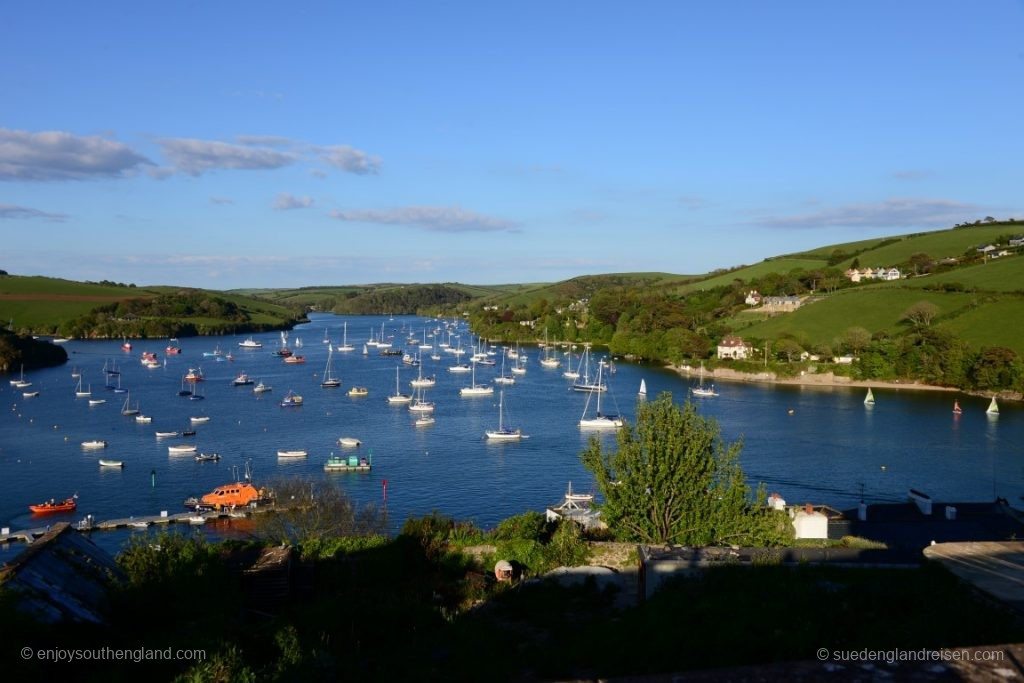
Salcombe, Devon, England
-
Cadgwith, Cornwall, England
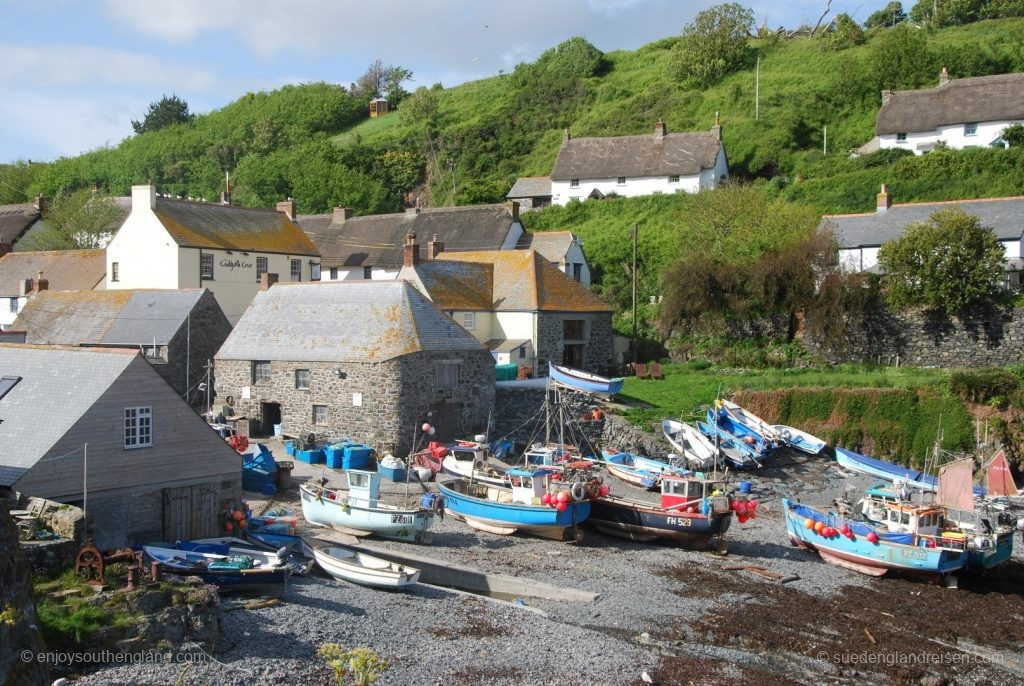
Cadgwith, Cornwall, England
-
Mullion Cove, Cornwall, England
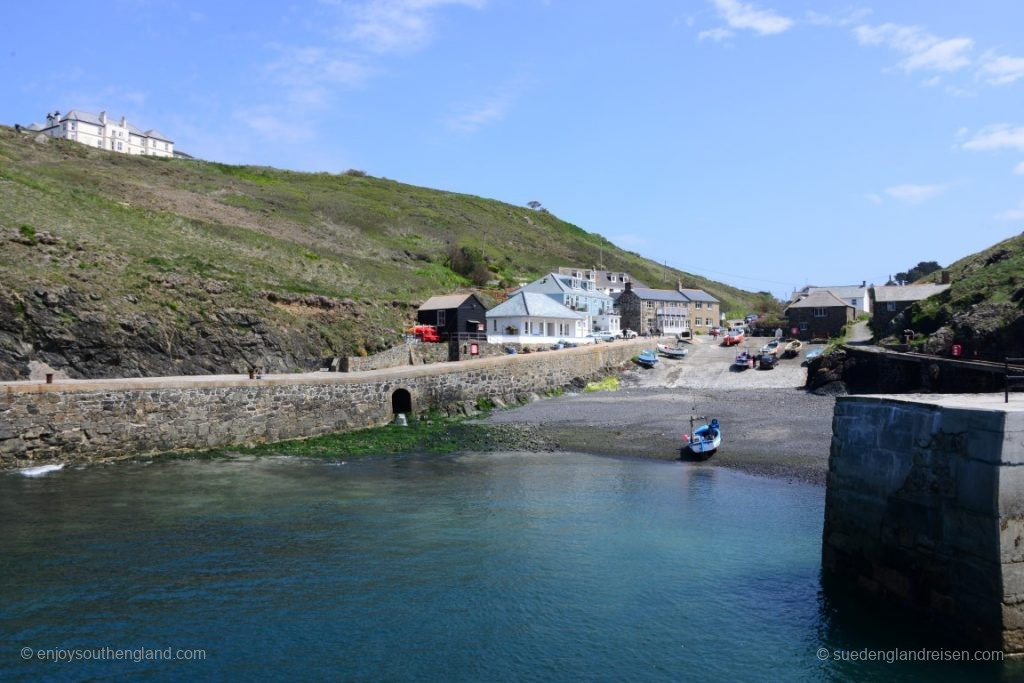
Mullion Cove, Cornwall, England
-
Mousehole, Cornwall, England
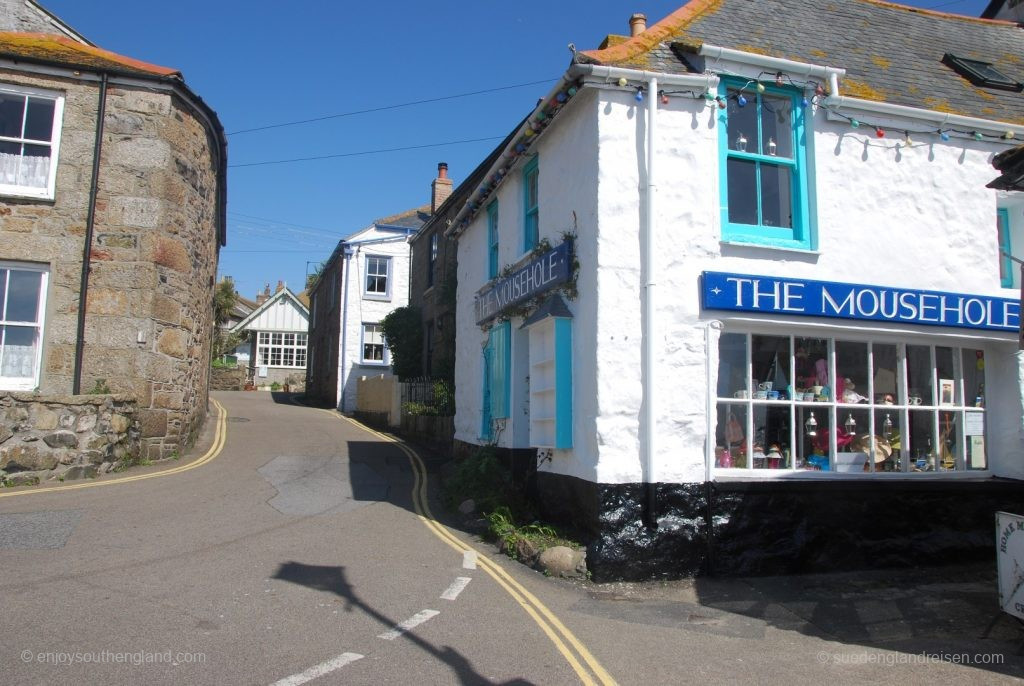
Mousehole, Cornwall, England
-
Portreath, Cornwall, England
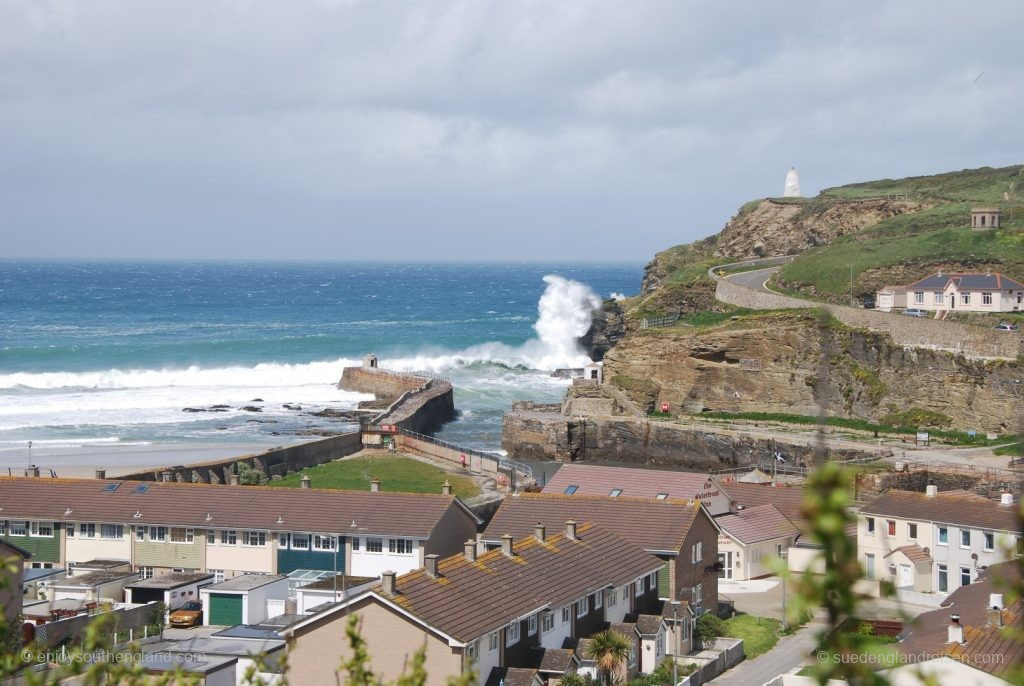
Porthreath, Cornwall, England
-
Exeter, Devon, England
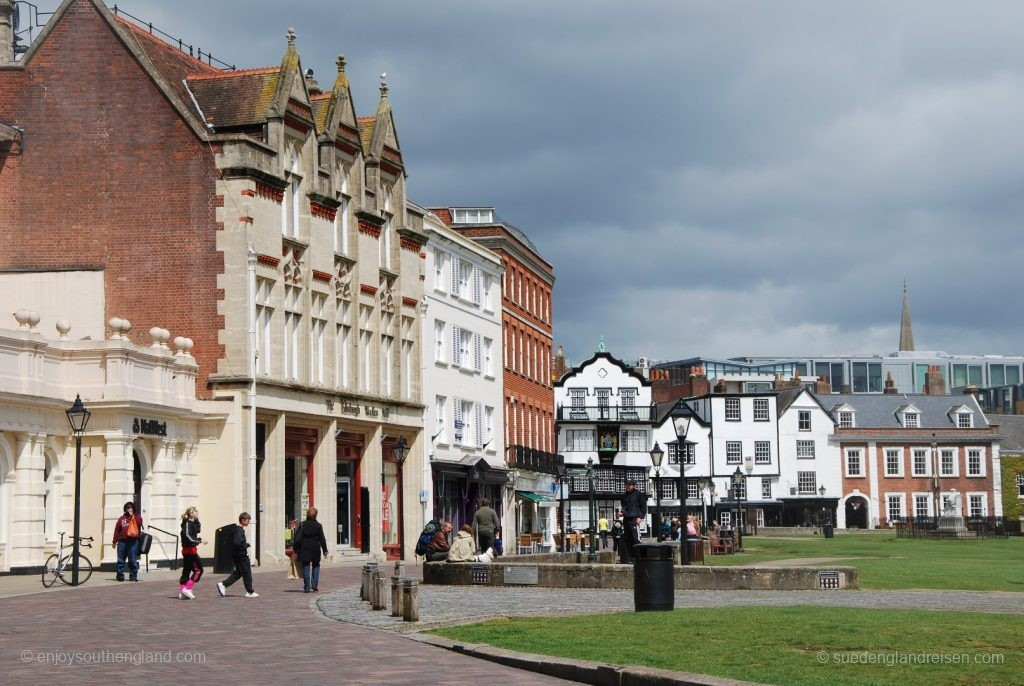
Exeter (Devon) , close to the cathedral
-
London Heathrow Airport (and return home)





